NGC 6914 Reflection Nebula in Cygnus
Located in the constellation Cygnus, NGC 6914 stands as a striking example of the cosmic beauty that permeates our universe. This nebula, named after its New General Catalog (NGC) designation, is a stellar nursery where new stars are born and old ones meet their demise. NGC 6914 boasts a unique set of characteristics that make it a captivating subject for astronomers and stargazers alike.
NGC 6914's most distinctive feature is its intricate and colorful appearance. This nebula is an emission nebula, meaning it is composed of ionized gas, primarily hydrogen, which glows in vivid hues of red, pink, and purple. The brilliant colors result from the intense radiation emitted by the hot, young stars embedded within the nebula. These stars, often referred to as O-type stars, are some of the most massive and luminous in the universe. Their energetic radiation not only illuminates the surrounding gas but also shapes it into stunning formations, creating the mesmerizing patterns and structures we observe within NGC 6914.
This celestial masterpiece is also characterized by its distance from Earth. Situated roughly 6,000 light-years away, NGC 6914 provides a unique window into the past, as the light we see today has traveled for millennia to reach our telescopes. Studying NGC 6914 allows astronomers to gain insights into the evolution of stars and the interplay of various physical processes that shape the cosmos. With its alluring appearance and scientific importance, NGC 6914 remains a testament to the awe-inspiring wonders of the universe.


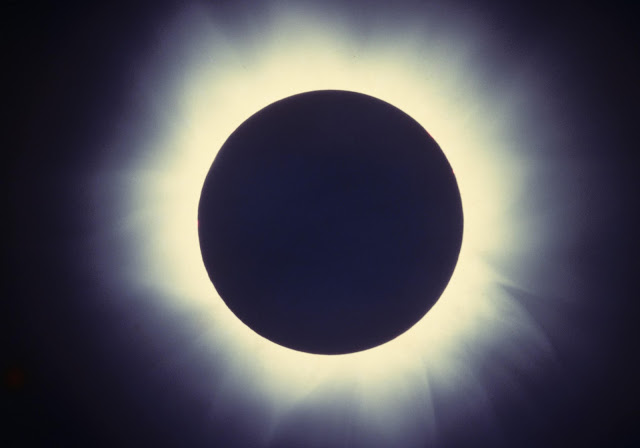
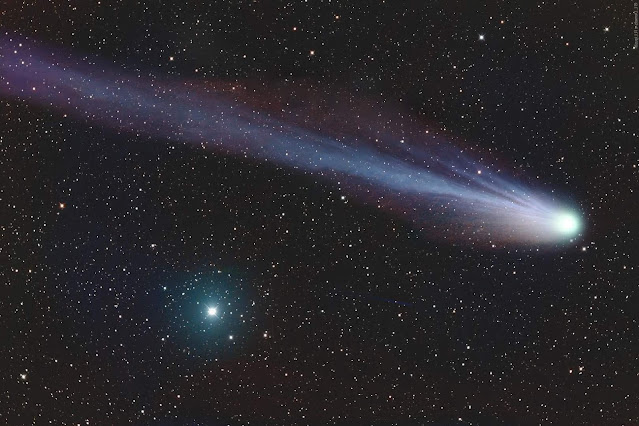

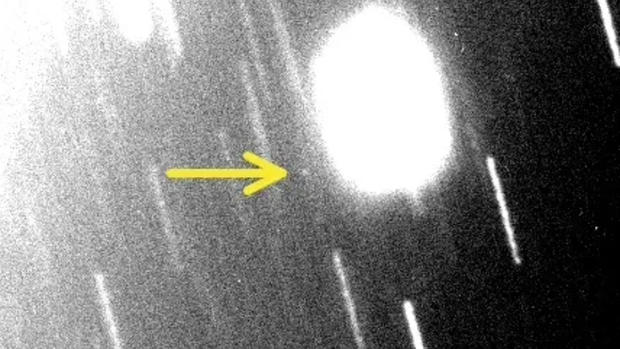


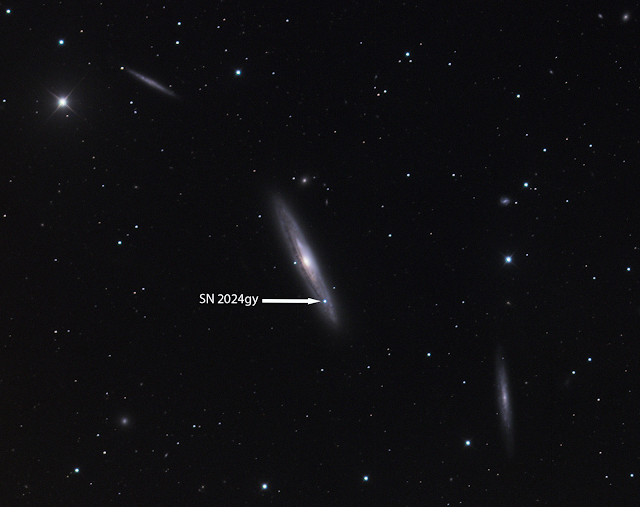
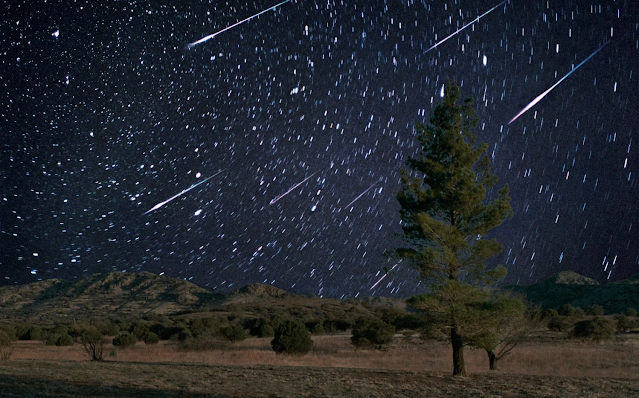
Comments
Post a Comment